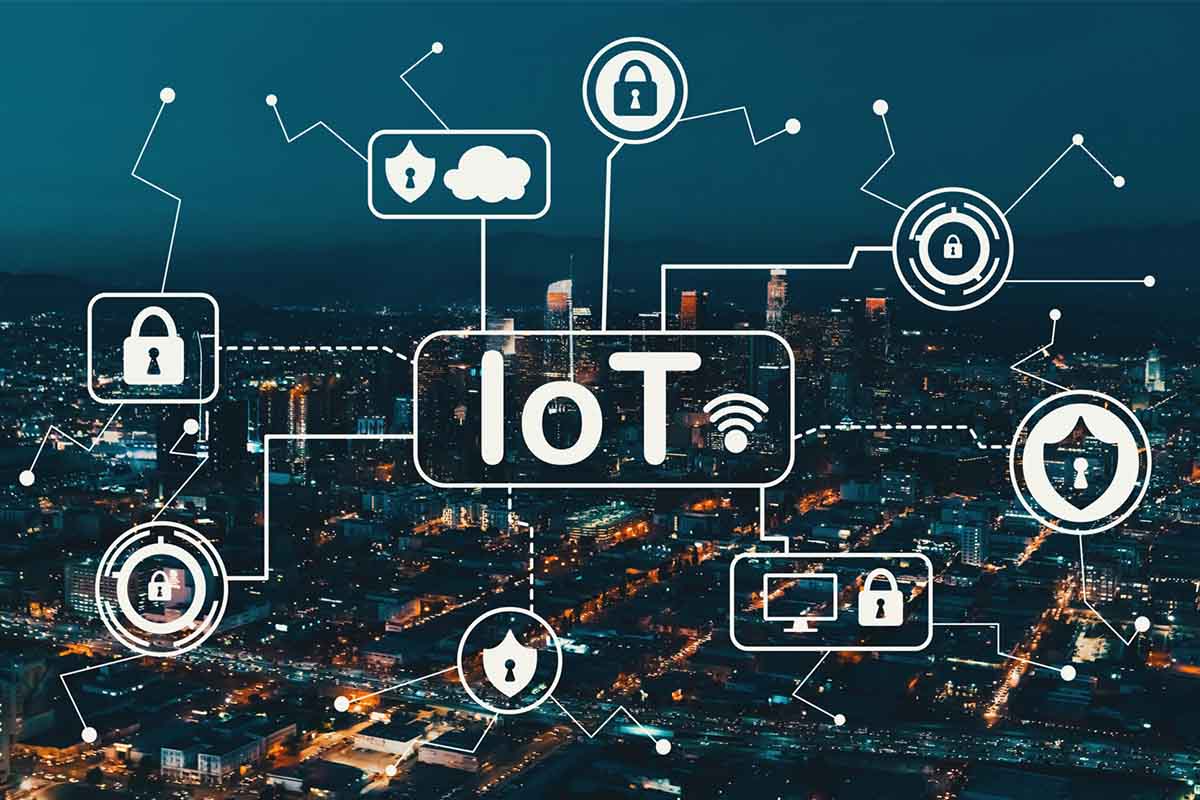In a world where Bitcoin mining is increasingly under the spotlight for its energy consumption, sustainable solutions are the need of the hour. Bitfarms, one of the pioneers in the cryptocurrency mining space, has consistently focused on sustainable mining practices. In a recent groundbreaking development, Bitfarms has secured two hydropower contracts in Paraguay, marking a significant shift towards environmentally friendly Bitcoin mining.
Bitfarms: The Genesis
Bitfarms was founded with a vision to become the world’s premier Bitcoin mining company. The company’s core belief revolves around the transformative potential of Bitcoin and its underlying blockchain technology. Since its inception, Bitfarms has expanded its operations significantly, establishing multiple mining farms, predominantly in Quebec, Canada. The company leveraged the region’s cold climate and affordable hydroelectric power to optimize its mining operations.
Over the years, Bitfarms has grown not only in terms of its mining capacity but also in its commitment to sustainability. The firm believes that for Bitcoin to achieve mainstream acceptance and global scalability, it must be mined sustainably.
The Paraguayan Venture
Bitfarms’ expansion into Paraguay is both strategic and visionary. Paraguay, blessed with an abundance of water resources, is home to the Itaipu Dam, the world’s second-largest hydropower plant. This makes the country an attractive destination for industries that require significant energy inputs.
The two hydropower contracts Bitfarms secured are pivotal. Firstly, they ensure a consistent and sustainable energy source for Bitcoin mining. The shift to hydroelectric power signifies a dramatic reduction in the carbon footprint associated with each Bitcoin mined. Secondly, these contracts, locked at a fixed rate, offer Bitfarms a competitive advantage in terms of electricity costs, one of the most significant overheads in the Bitcoin mining industry.
The Potential Impact
With the Paraguay expansion, Bitfarms is setting multiple precedents:
Sustainability: By leaning into hydroelectric power, Bitfarms reiterates its commitment to sustainable Bitcoin mining. As environmental concerns regarding Bitcoin mining gain traction, initiatives like these are vital in reshaping the narrative.
Economic Development: Bitfarms’ operations in Paraguay could act as a catalyst for local economic development. The mining facilities will generate employment opportunities and potentially encourage further technological investments in the region.
Global Diversification: While Canada, particularly Quebec, has been favorable for mining operations due to its natural advantages, Bitfarms’ expansion into Paraguay represents a strategic diversification. This reduces geographical risks and ensures more consistent operations, even if there are regulatory or environmental challenges in one region.
Challenges and Prospects
While the Paraguayan expansion brings numerous opportunities, challenges are inevitable. The infrastructure needs, technological integrations, and local regulatory framework will require meticulous planning and execution. Bitfarms will need to establish robust operational procedures in Paraguay, taking into account the local nuances.
However, the prospects are promising. As the world grapples with the dual challenge of digital transformation and environmental conservation, companies like Bitfarms are leading the way, showcasing that with innovation and commitment, it’s possible to harmonize technological advancement with ecological responsibility.
Bitfarms’ move to harness hydropower in Paraguay is emblematic of the broader shifts in the Bitcoin mining landscape. As the world demands more accountability regarding energy consumption, the crypto industry must respond proactively. Bitfarms, with its Paraguayan venture, not only reinforces its position as a leader in sustainable mining but also sets a precedent for others in the industry. This expansion is not merely a business decision; it’s a testament to a vision where Bitcoin thrives, not at the expense of our planet, but in harmony with it.
The Energy Intensity of Bitcoin Mining
Bitcoin’s decentralized nature requires a process called “mining”, a computational procedure where transactions are verified and added to the public ledger. This process is competitive, with miners around the world using powerful machines to solve complex mathematical problems. The first to solve it gets to add the next block to the blockchain and is rewarded with Bitcoins.
However, this computational race demands an enormous amount of electrical power. Some estimates compare Bitcoin’s energy consumption to that of entire countries. Consequently, this energy-intensive process has sparked criticisms regarding its carbon footprint, pushing the industry to look towards cleaner energy solutions.
The Intersection of Energy and Bitcoin Mining
The energy used in Bitcoin mining often comes from non-renewable sources, contributing to environmental degradation. But what if the energy sector, especially the renewable facet, could be harnessed to make Bitcoin mining more sustainable?
Surplus Energy Utilization: Renewable energy sources, especially wind and solar, often produce energy surpluses which can’t always be stored effectively. This surplus can be directed towards Bitcoin mining operations, turning what would have been wasted energy into a profitable venture.
Energy Price Arbitrage: Clean energy production costs have been dropping. At times, due to overproduction or low demand, prices can even go negative. By setting up mining operations in areas with volatile energy prices, miners can leverage these low-cost periods, reducing overall operational costs.
Grid Support: Large-scale mining operations can act as adjustable loads on an energy grid. During periods of surplus energy production, they can ramp up operations and during shortages, scale down. This load flexibility can stabilize grids, ensuring consistent energy supply.
Enter SAI.TECH and SAIHEAT
SAI.TECH, a visionary in the crypto-tech space, recognized the potential of marrying the energy sector with Bitcoin mining. Their product, SAIHEAT (Ultimate Integrated As A Service), represents a paradigm shift in this direction.
SAIHEAT isn’t just a product; it’s a solution. It emphasizes clean energy recycling, ensuring that the energy consumed during Bitcoin mining is derived from sustainable sources. By integrating advanced energy solutions with Bitcoin mining operations, SAIHEAT presents a model that is both environmentally friendly and economically beneficial.
Here’s how SAIHEAT is revolutionizing the synergy between Bitcoin mining and the energy industry:
Efficient Energy Consumption: By leveraging renewable energy sources, SAIHEAT ensures that the power-intensive mining process doesn’t contribute to environmental degradation.
Modular and Scalable: Recognizing the dynamic nature of both the energy and Bitcoin mining sectors, SAIHEAT is designed to be both modular and scalable, accommodating growth or changes with ease.
Economic Viability: While the environmental benefits are clear, SAI.TECH has also ensured that SAIHEAT is economically viable. By tapping into clean energy, operational costs are reduced, leading to increased profitability.
Contribution to Clean Energy Transition: By increasing the demand for clean energy in the lucrative Bitcoin mining industry, SAIHEAT can catalyze further investments into renewable energy sources, propelling the global transition towards sustainability.
Conclusion
Bitcoin mining, often under scrutiny for its environmental impact, is on the brink of an evolutionary leap. As industries around the world grapple with the pressing need for sustainability, the integration of Bitcoin mining with the energy sector represents a beacon of innovation and hope. With pioneers like SAI.TECH leading the way with products like SAIHEAT, a future where Bitcoin mining bolsters the clean energy revolution seems not just possible, but imminent.




